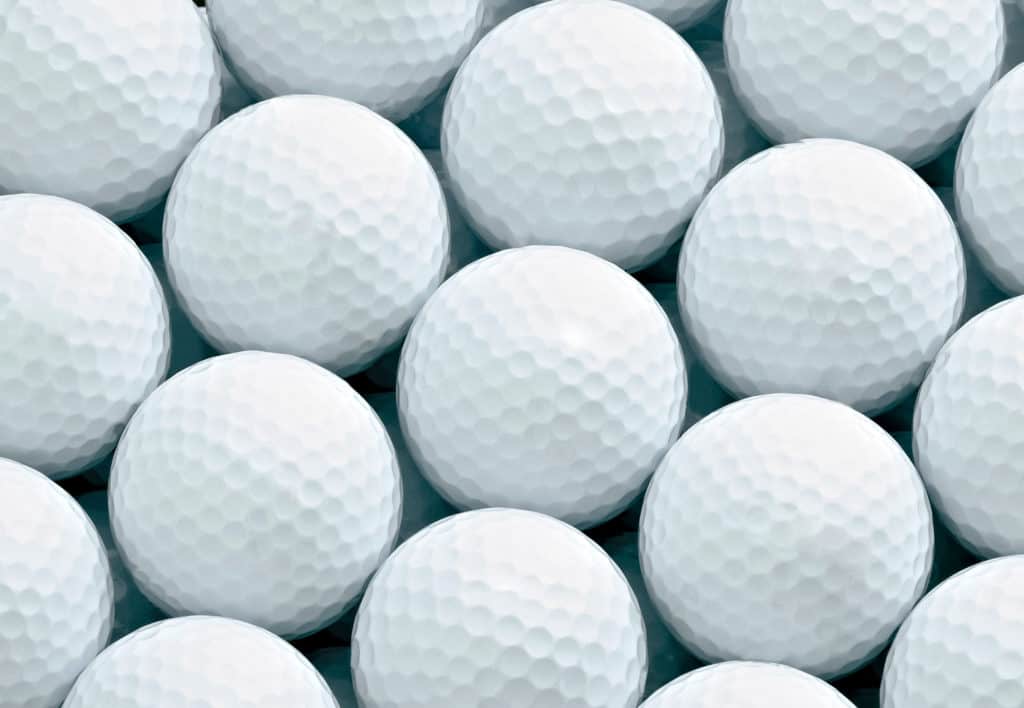Are you an avid golfer looking to prolong the lifespan and performance of your precious golf balls? If so, you’ve come to the right place. Welcome to our comprehensive guide on how to store golf balls effectively. Proper storage is key to maintaining the quality and integrity of your golf balls, ensuring they perform their best when you’re out on the course.
Golf balls are not just simple spheres. They are carefully designed to provide optimal distance, control, and spin. However, various environmental factors and improper storage can impact their performance over time. That’s why understanding the best practices for golf ball storage is crucial for any golfer who wants to maximize their investment.
In this article, we will explore the importance of proper golf ball storage and provide you with practical tips and techniques to ensure your golf balls remain in top-notch condition. From creating the ideal storage environment to using specialized containers and implementing rotation strategies, we will cover all aspects of storing golf balls effectively.
Whether you’re a weekend warrior or a seasoned pro, taking care of your golf balls will not only help you maintain consistency in your game but also save you money in the long run. So, let’s dive in and discover the secrets to storing golf balls in a way that preserves their performance and extends their lifespan. Get ready to enhance your golfing experience with well-maintained and high-performing golf balls!

Why is Proper Golf Ball Storage Important?
Before we delve into the specifics of golf ball storage, let’s understand why it is important. Proper storage helps maintain the quality and performance of the golf balls. When stored correctly, golf balls retain their optimal characteristics, such as compression, spin, and durability. Additionally, storing golf balls in the right conditions can prevent damage, such as warping or cracking, which can affect their performance on the course.
The Ideal Environment for Golf Ball Storage
The first step in effective golf ball storage is creating an ideal environment. Here are some key factors to consider:
Temperature and Humidity
Golf balls are sensitive to extreme temperatures and humidity levels. It is best to store them in a cool, dry place, away from direct sunlight and excessive moisture. Fluctuations in temperature and humidity can impact the ball’s performance, so aim for a stable environment.
Protection from Impact and Pressure
Golf balls can lose their shape and performance if subjected to excessive impact or pressure. To protect them, avoid storing heavy objects on top of the balls or in a location where they can be easily crushed or squeezed.
Ventilation
While it’s important to keep golf balls away from moisture, it’s equally crucial to provide adequate ventilation to prevent the growth of mold or mildew. Ensure that the storage area has sufficient air circulation to keep the balls fresh and dry.
Proper Golf Ball Storage Techniques
Now that we understand the importance of golf ball storage and the ideal environment, let’s explore some effective storage techniques:
1. Golf Ball Containers or Bags
Invest in a dedicated golf ball container or bag that provides protection and organization. These containers typically have compartments or slots to keep the balls separated and prevent them from rubbing against each other. Look for containers made of durable materials that offer sufficient padding and support.
2. Clean and Dry Golf Balls
Before storing your golf balls, ensure they are clean and dry. Clean any dirt or debris off the balls using a mild soap or golf ball cleaning solution. Rinse them thoroughly and allow them to dry completely before placing them in storage.
3. Labeling and Rotation
If you have multiple sets of golf balls, consider labeling them to keep track of their age and usage. This helps ensure you rotate the balls and use them evenly to maintain consistent performance. By rotating your golf balls, you can prevent excessive wear on a particular set.
4. Avoid Extreme Temperatures
As mentioned earlier, extreme temperatures can adversely affect golf balls. Avoid storing them in environments prone to extreme heat or cold, such as a car trunk or an unheated garage. Instead, opt for indoor storage areas that provide a more stable temperature range.
5. Long-Term Storage
If you plan to store your golf balls for an extended period, take additional precautions. Place them in an airtight container or ziplock bag to minimize exposure to air and moisture. Consider using desiccant packets or silica gel packs to absorb any excess moisture.
Conclusion
Properly storing your golf balls is essential for preserving their performance and longevity. By creating an ideal storage environment, using dedicated containers, and following the tips mentioned in this article, you can ensure that your golf balls stay in optimal condition. Remember, a well-maintained golf ball can enhance your game and provide consistent results on the course. So, start implementing these storage techniques and enjoy.
